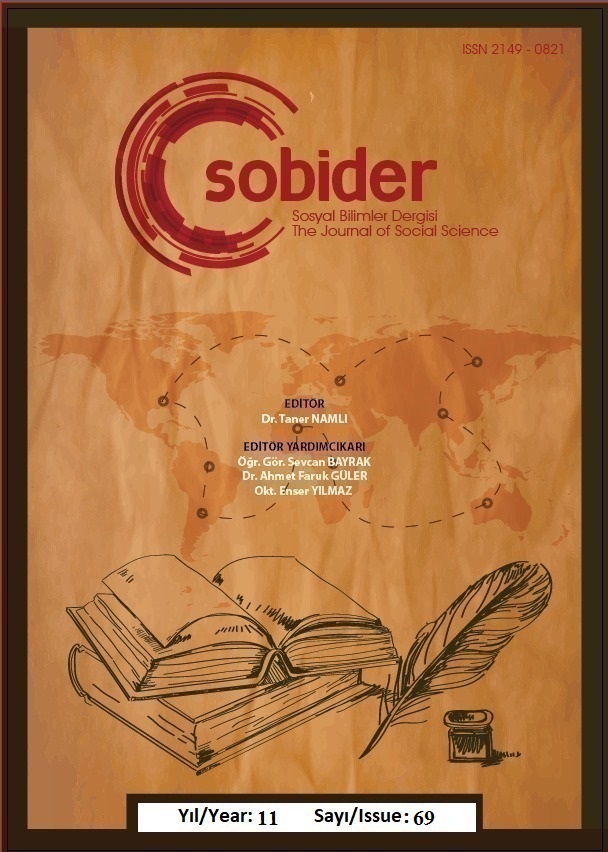NORMAL VE SEZARYEN DOĞUM YAPAN ADÖLESAN ANNELERİN DOĞUM SONRASI DÖNEMDE YAŞADIKLARI SORUNLARIN BELİRLENMESİ
Author :
Abstract
Amaç: Bu araştırma, normal ve sezaryen ile doğum yapan adölesan annelerin doğum sonrası dönemde kendi bakımları ve bebeklerinin bakımlarında yaşadıkları sorunları belirlemek amacıyla yapılmıştır. Yöntem: Araştırma Sivas il merkezinde bulunan bir kamu Hastanesinin Postpartum Servisi ve bu serviste saptanan adölesan annelerin, taburculuktan sonraki ilk 7. günlerinde evlerine gidilerek yapılmıştır. Araştırma 120 adölesan anne oluşturmakta olup 83 normal, 37’si sezaryen doğum yapan anneler oluşturmuştur. Araştırmada veriler, Ek I; “Normal ve sezaryen doğum yapan annelerin tanıtıcı özellikleri ile ilgili veri Formu”, Ek II; “Postpartum dönemde lohusaya yönelik sorun belirleme formu”, Ek III; “Postpartum dönemde yenidoğana yönelik sorun belirleme formu” kullanılarak elde edilmiştir. Bulgular: Doğum sonrası ilk yedinci günde sezaryen ile doğum yapan ve normal doğum yapan adölesan anneler arasında, doğum sonrası ağrı ile baş etmede, oturmada, ayağa kalkmada, giyinmede, banyo yapmada, idrara çıkma işlemleri sırasında sorun yaşama durumları arasında istatistiksel olarak anlamlı fark bulunmuştur (p<0.05). Sonuç: Bu araştırmada sezaryen doğum yapan adölesan annelerin hem kendi hemde bebeklerinin bakımında sorun yaşadıkları saptanmıştır. Bu bağlamda adölesan gebelikleri önlemek ve sezaryen doğum oranlarını azaltmaya yönelik stratejilerin geliştirilmesi bu konularda ebe ve hemşirelerin aktif rol alması önerilir.
Keywords
Abstract
Aim: This study was conducted to determine the problems experienced by adolescent mothers who gave birth by normal and caesarean section in their own care and care of their babies in the postnatal period. Method: The study was conducted by visiting the Postpartum Service of a public hospital in Sivas city centre and the homes of adolescent mothers identified in this service in the first 7 days after discharge. The study consisted of 120 adolescent mothers, 83 of whom gave birth normally and 37 of whom gave birth by caesarean section. The data were obtained by using Appendix I; "Data Form about the descriptive characteristics of mothers who gave birth by normal and caesarean section", Appendix II; "Problem determination form for the puerperant in the postpartum period", Appendix III; "Problem determination form for the newborn in the postpartum period". Results: A statistically significant difference was found between adolescent mothers who gave birth by caesarean section in the first seventh postpartum day and adolescent mothers who gave birth normally in terms of having problems in coping with postpartum pain, sitting, standing up, dressing, bathing, and urination (p<0.05). Conclusion: In this study, it was found that adolescent mothers who had caesarean section had problems in the care of both themselves and their babies. In this context, it is recommended that midwives and nurses should take an active role in the development of strategies to prevent adolescent pregnancies and reduce caesarean section rates.





